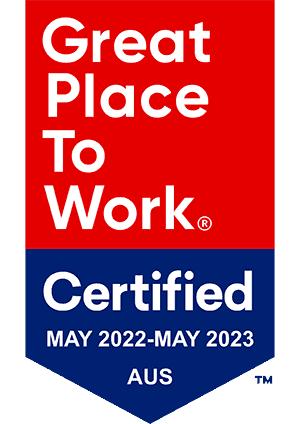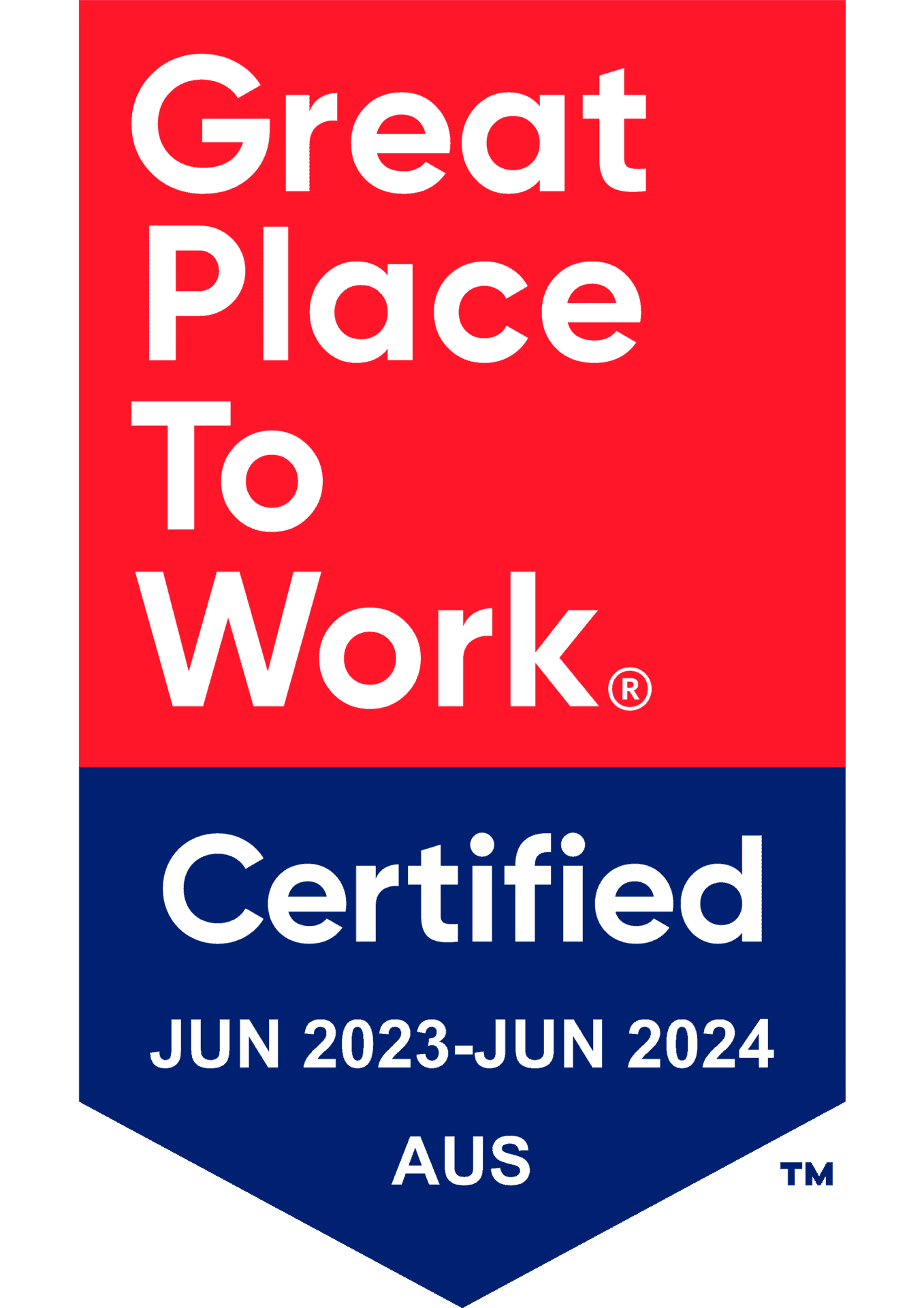If you currently work from a flexible workspace, you already know how beneficial a tailor-made and serviced environment is for connection and productivity. However, if you are wondering about the specific benefits and stats, keep reading below.
In a virtual world, physical connection & belonging are vital
Employees gain a strong sense of belonging when socialising and working in person. This sense of belonging gives people extra motivation to report to excel and take the reins of their roles. Shared work environments are not just a way to get more work done; they are also a form of community building and reliable, consistent human connection.
Confirming this, the results of a survey done in 2021 by the American Psychiatric Association found that nearly two-thirds of remote workers said they feel lonely or isolated some or all of the time as a result of working from home. Anecdotally, 75% and 90% of coworkers reported they love the personal connections that coworking makes possible, as they feel more engaged. All those positive reactions put together make coworking the key to employee happiness, consequently boosting motivation and productivity.
One study found that cognitive productivity increases when employees get face-to-face interactions. In other words, we can even confirm our brains work better.
Support at your fingertips & effortless flow of ideas
Are you a freelancer who wants a second opinion on a draft? Nothing beats being able to ask someone directly. Less time is wasted trying to work out everything yourself in isolation or the to and fros of an email chain. With shared workspaces, human experts from many industries are just a “Would you mind…” away.
Working from a shared environment also means brainstorming the good old-fashioned way – in-person, in your teams, learning and picking up on things you might not have otherwise. When ideas are enabled to flow seamlessly between professionals working, the chances of a misunderstanding are lessened, and being able to identify and address problems or errors before they become costly.
Designed with ease & happiness in mind
Flexpsaces are designed to ensure productivity and well-being. Keeping elements in mind such as open plans, natural lighting, and colourful and spacious environments to stimulate and brighten people’s moods. When employees’ needs are met, and they feel good, the increased mood can be used to get things done productively.
Need to shake off that 3 pm slump? No Problem! Pour yourself a glass of sparkling water, grab some snacks and have a swing at the ping-pong table! Flexspace has the amenities you need for a great day at work.
Be held accountable
If you are someone who has worked from home, then you probably understand how difficult it is to maintain a healthy work-life balance. It can be hard to stay accountable because sometimes you want to concentrate on your professional duties, but kids or pets think differently. Alternatively, those who work in small cubicles often get distracted because it’s lonely and boring.
Surrounding yourself with other professionals significantly reduces distracting thoughts, activities and random scrolling. The sight of busy people, the sounds of consultation, and feelings of fulfilment when you can help another colleague all evoke productivity. 23% of employees in traditional businesses do not feel as connected to their work when they work virtually from home. When asked for reasons why they are returning to a workspace, more than half of these respondents claimed it was because they wanted to collaborate with their colleagues or be around others working.
Something must be working for people
In 2014, WOTSO decided to break the mould in Australia with its flexible WorkSpaces. Today, it is expected the number of coworking spaces worldwide will double by 2024 and surpass 40,000.
The coworking industry is truly a global phenomenon, proving that even without a designated physical space, there is still a demand for employees to work amongst peers and that partly stems from the desire to be inspired to ‘get things done”. It turns out coworking and productivity do go hand-in-hand rather than screen-to-screen.




